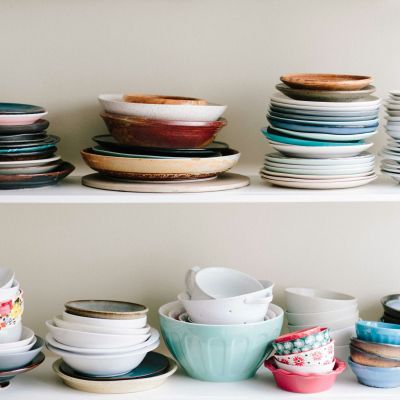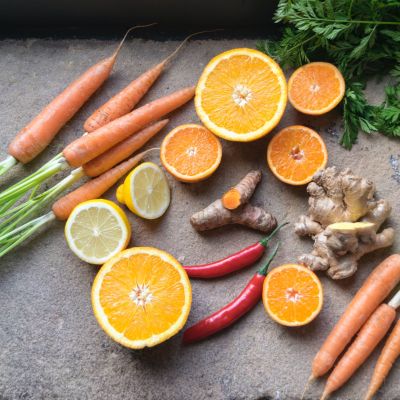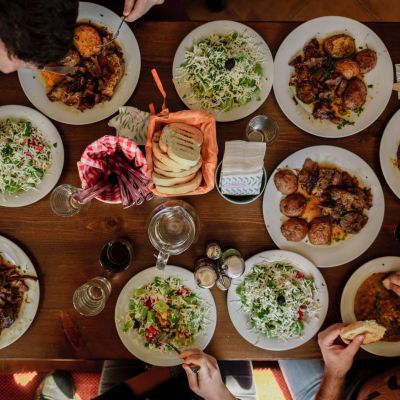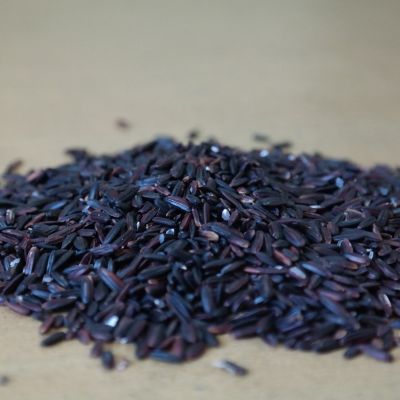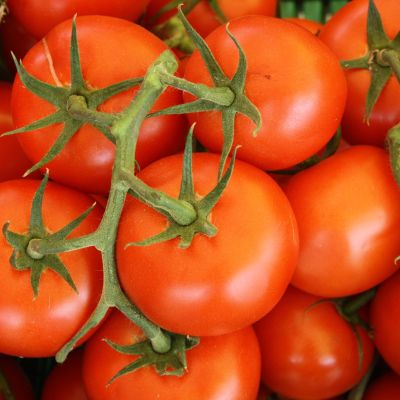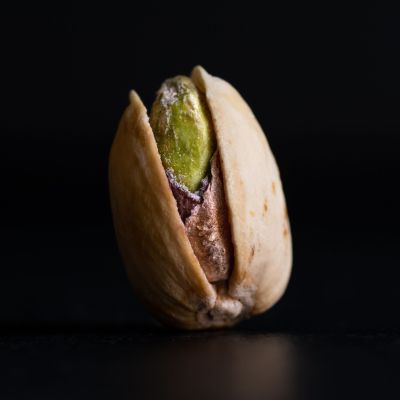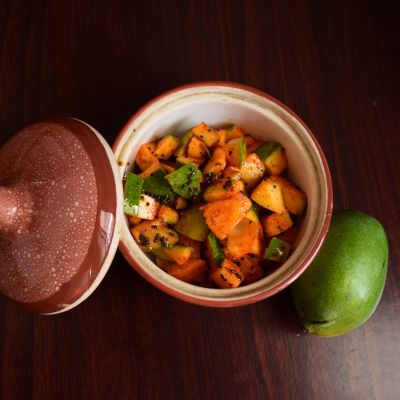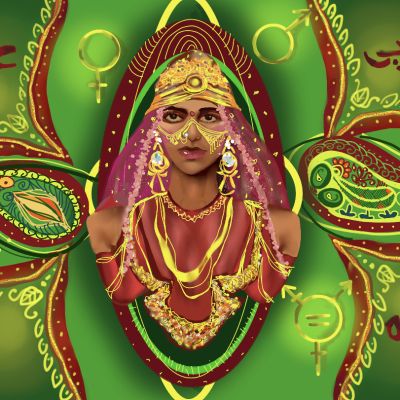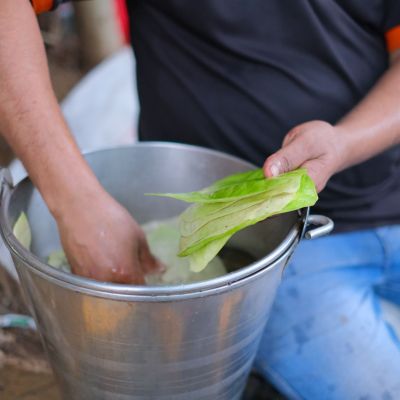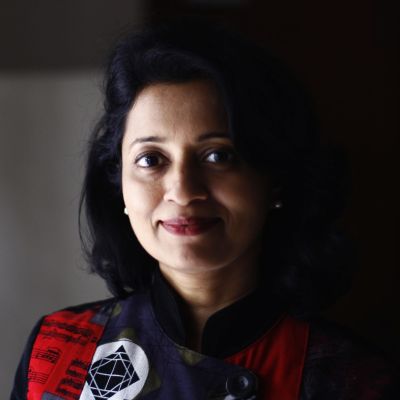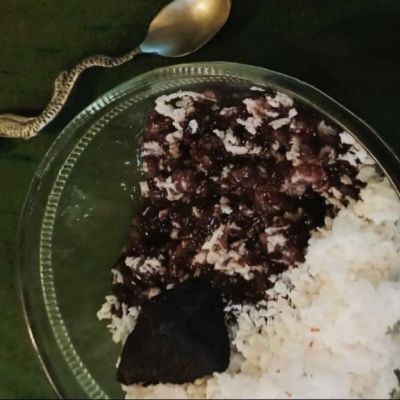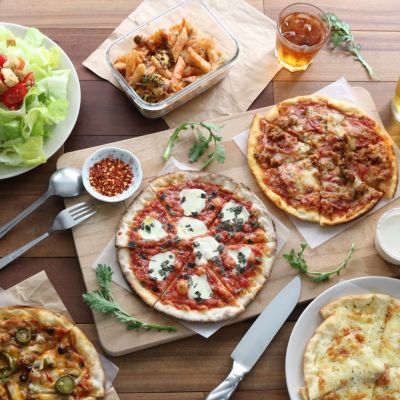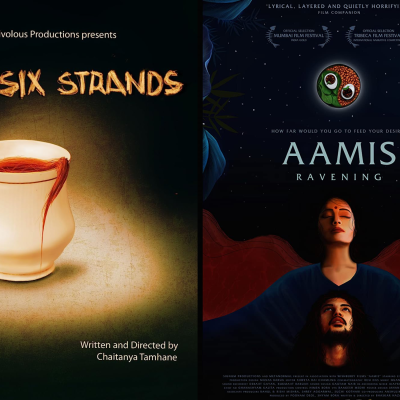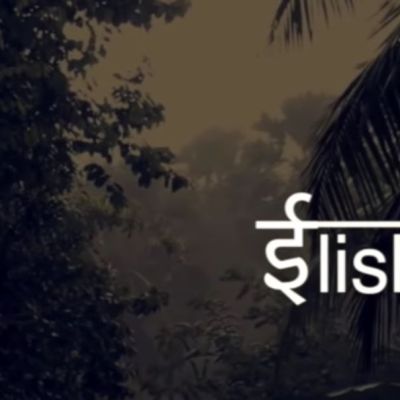food
“A woman’s place is in the kitchen.” Most of us born in female-designated bodies, in a country like India, have…
Food unites, but as we are sadly witnessing, it also divides. What people eat and how they eat it is related in many ways to class, caste, purchasing power, and other factors of social currency and control.
Food is some sort of extension of our bodies, our identities, and therefore food and sexuality intersect in a myriad ways.
Stop everything! I have a condition that you must follow before you read any further, before you consume what I’ve…
“Life’s too small without freshly cut coriander
Generously sprinkled on kadhai chicken.
Mint leaves blitzing their way with tomatoes
Ripe from the vine to the fingers dripping chutney –
Fragrances of earth between all this concrete.”
This art collection bears the evocative title “Aching Palates”. Within its realm, each artwork embodies an emblematic act that accompanies…
Within its realm, each artwork embodies an emblematic act that accompanies the intricate ritual of food: hunger, gathering, fire, serving, devouring and, ultimately, nourishing.
So why do we have to have fixed notions of gender roles and food?
Through the rituals of cooking, prayers and sharing our complaints of menstruating, we came together to give space and hold space for each other.
Paan is not only the bearer of stories but a medium through which these stories were told. And each ingredient that goes into the making of a paan has its own narrative.
There are hundreds of mukbangers and flood vloggers in India, with individuals earning lakhs of rupees through just eating delicious, and sometimes weird, food. However, those mukbang creators who do not follow stereotypical ideas of gender, caste and class meet with differential treatment.
Indian films have for long fed into as well as mirrored social and cultural practices. Many of them depict a woman as being restricted to the kitchen and serving delicacies during festivities.
Watch the romantic story of a Bengali couple to find out if Geetu will be successful in her passionate mission to fulfil the desire of her husband Amit.

